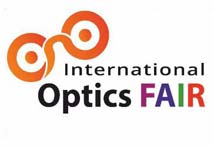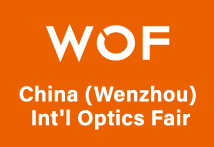CASE REPORT TROUBLESHOOTING ADAPTATION AND VISUAL DISCOMFORT IN A COMPUTER USER WITH PROGRESSIVE ADDITION LENSES
.jpg)
Authorized by: JAINISHA RAVI GAMDHA (M. OPTOM, REFRACTION AND SPECTACLE PRESCRIPTION SPECIALIST, CONSULTANT OPTOMETRIST AT RAGHUDEEP EYE HOSPITAL, PURSUING PH. D FROM GUJARAT UNIVERSITY)
ABSTRACT
Progressive addition lenses (PALs) are widely used to correct presbyopia and provide a continuous range of vision 1 . However, patients with specific visual demands such as prolonged computer use- may experience discomfort due to adaptation issues, especially at intermediate distance are uncommon 1 . This case report presents a 42-year-old office worker who reported visual discomfort and blurred intermediate vision with present newly prescribed progressive
addition lenses (PALs). A detailed assessment revealed that the lens design and framing alignment are okay but in refraction prescribe elsewhere lower addition than actual need & patients do not use regularly this new progressive addition lenses (PALs) so he can’t adapt with this glass, and he wants a separate glass for only intermediate distance (Computer distance). He is not facing difficulty for distance vision with newly progressive addition lenses (PALs). He is not comfortable with progressive addition lenses (PALs), and he doesn’t want to make new glass again with progressive lens design, so we shift this patient from progressive addition lenses to single vision lens only for intermediate distance (computer distance). This case emphasizes the importance of prescribing near addition at working distance of patient and adaptation counselling
in progressive addition lenses success.
INTRODUCTION
Presbyopia is a common age-related physiological and irreversible condition characterized by reduction in accommodative amplitude cause loss of near focusing ability that induces symptoms of blur, discomfort and asthenopia to appear near distances. Usually, it occurs during the fourth decade, and correction is required to achieve clear visual acuity 1 . Progressive addition lenses offer a seamless transition between distance, intermediate and near vision making them a popular choice. However, their success relies heavily on accurate fitting and appropriate lens design tailored to the patients’ visual needs 2 .
With the increasing reliance on digital screens, especially among middle-aged professionals, visual ergonomics has become essential in lens prescription. Progressive addition lenses have emerged as a standard solution for presbyopia, eliminating the need for multiple pairs of glasses. However, adaptation challenges-especially related to the intermediate zone-are common, particularly when lens fitting or design, prescribing suitable near addition is suboptimal for digital work 2
Computer users typically need clear vision at 50-70 centimeters, which corresponds to the intermediate zone of progressive addition lenses. If this zone is narrow, misaligned, or prescribing an addition that is little higher or lower than actual need, it may lead to blurred vision, postural discomfort, and non-acceptance. This report outlines such a case and highlights strategies for effective management 2.
CASE PRESENTATION
PATIENT DETAILS:
AGE: 42 years
GENDER: Male
OCCUPATION: Computer worker
CHIEF COMPLAINT: Dimness of vision at computer distance (His working distance for near is 50-55cm) with new progressive addition lenses (PALs), His working hours on computer is 8-10 hours
ONSET OF GLASSES: Since receiving new progressive glasses 2 weeks prior
PREVIOUS HISTORY OF GLASSES: First time Progressive Addition Lenses (PALs) wearer; previously used only single vision lenses (For Distance)
OCULAR AND REFRACTIVE HISTORY
No significant ocular pathology
No any binocular vision anomalies
SYSTEMIC AND ALLERGIC HISTORY
No systemic and any drug allergy
FAMILY HISTORY
No significant any family history
TRAUMA HISTORY
No history of trauma to eye
REFRACTION
USING GLASSES
RIGHT EYE: -1.50Dsph/-1.00Dcyl*20 ---- 6/6
LEFT EYE: -1.25Dsph/-2.00Dcyl*170 ----- 6/6
NEAR ADDITION (Both Eyes): +0.75Dsph
ACCEPTANCE
RE: -1.50Dsph/-1.00Dcyl*10 ----- 6/6
LE: -1.25Dsph/-2.00Dcyl*170 ----- 6/6
NEAR ADDITION: +1.25Dsph
BEST CORRECTED VISUAL ACUITY
FOR DISTANCE: 6/6 clear
FOR NEAR: N6 clear @ 40 cm
? He don’t want to wear progressive addition lenses again so we prescribed separate glasses for intermediate work for 50-55 cm
? ACCEPTANCE
? RE: -1.50Dsph/-1.00Dcyl*10 ----- 6/6
? LE: -1.25Dsph/-2.00Dcyl*170 ----- 6/6
? Intermediate Add: +1.00 Dsph
? So, Intermediate prescription is;
? RE: -0.50Dsph/-1.00Dcyl*10 ----- N6 @ 50-55 cm
? LE: -0.25Dsph/-2.00Dcyl*170 ----- N6 @ 50-55 cm
PATIENT FEEDBACK ON OWN NEW GLASSES
? Clear Distance vision only
? Blur Intermediate and near vision
? He said Intermediate distance becomes clear when I am looking from near portion
? Avoided using this glass during work and returned to use single vision lenses only for computer use.
CLINICAL EVALUATION AND FINDINGS
? Lens markings and frame Alignment is okay but elsewhere prescribing addition power is not corrected.
? No pathology or other visual dysfunction identified
CLINICAL EVALUATION AND FINDINGS
? Lens markings and frame Alignment is okay but elsewhere prescribing addition power is not corrected.
? No pathology or other visual dysfunction identified
MANAGEMENT STRATEGY
1. Patient Counseling
? Explained progressive addition lenses optics and adaptation process
? Described spatial distortion and peripheral blur as common
? Emphasized that adaptation can take 1-3 weeks but may vary based on lens design
? Advised new glasses with correct prescription
2. Ergonomic Recommendations
? Advised proper monitor height (eye level or slightly below)
? Encouraged short breaks during screen time (20/20/20 rule)
DISCUSSION
This case highlights a common challenge with PALs in computer users: inadequate intermediate utility. Standard PALs often compromise intermediate clarity to balance distance and near zones. For digital professionals, this results in frustration, especially when the monitor is not aligned with the lens corridor.
KEY LEARNING POINTS:
? Occupational PALs should be considered for professionals with long digital tasks
? Proper frame fitting (pantoscopic tilt, vertex distance, fitting height) is critical
? Patient counseling on adaptation and visual ergonomics can significantly increase compliance
? Separate pairs for work and general use can enhance satisfaction and performance.
CONCLUSION
Adapting to progressive lenses can be particularly challenging for computer users when the lens design doesn't match the visual task demands and refractive correction wrong. This case illustrates the success of individualized lens design and ergonomic alignment in resolving adaptation issues. It emphasizes the need for a task-specific approach when prescribing PALs, especially for digital professionals.
REFERENCES
1. Wolffsohn JS, Davies LN. Presbyopia: Effectiveness of correction strategies. Prog Retin Eye Res. 2019;68:124-143. doi:10.1016/j.preteyeres.2018.09.004
2. Alvarez TL, Kim EH, Granger-Donetti B. Adaptation to Progressive Additive Lenses: Potential Factors to Consider. Sci Rep. 2017;7(1):1-14. doi:10.1038/s41598-017-02851-5

.jpg)
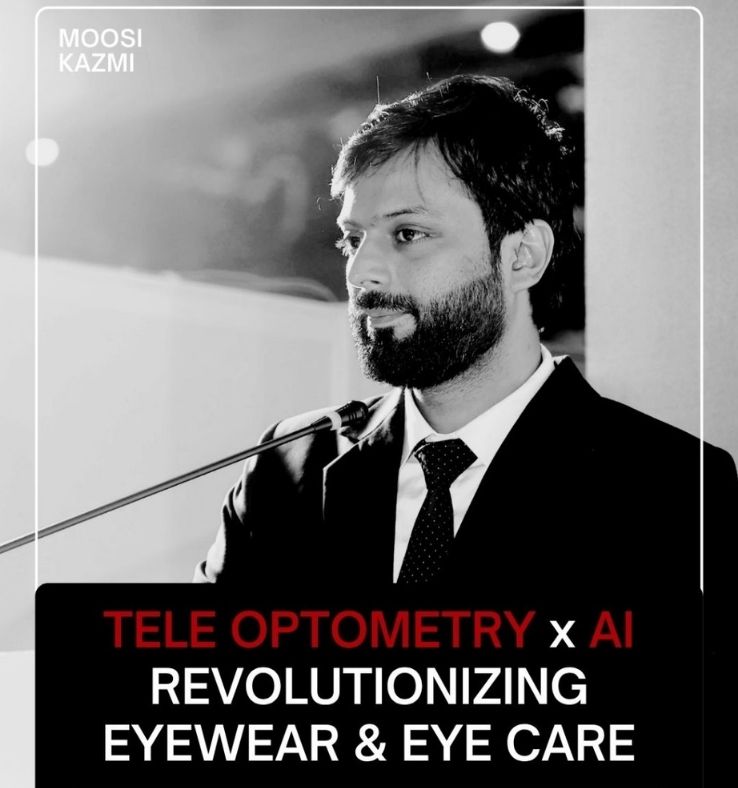
.jpg)
.jpg)
.jpg)
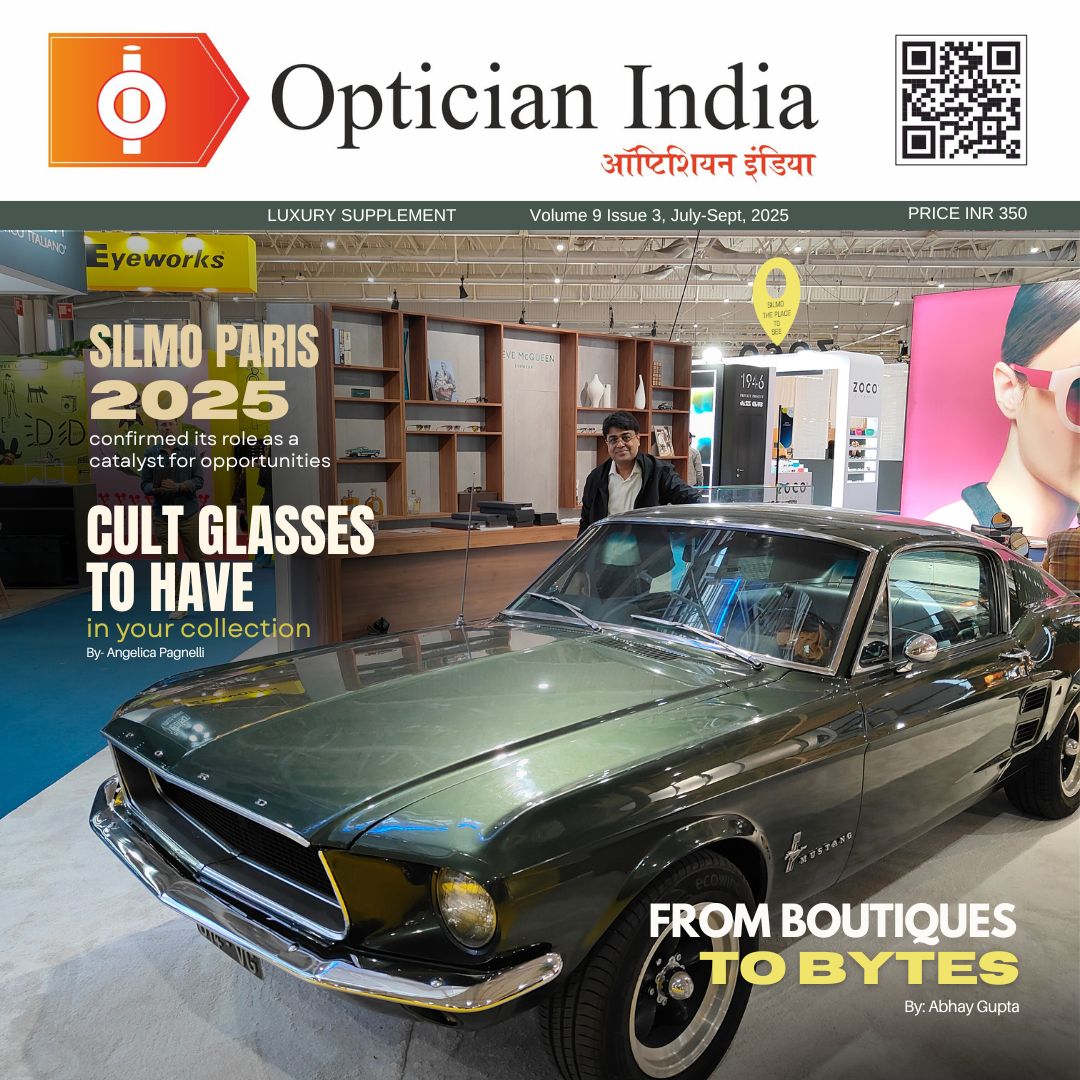
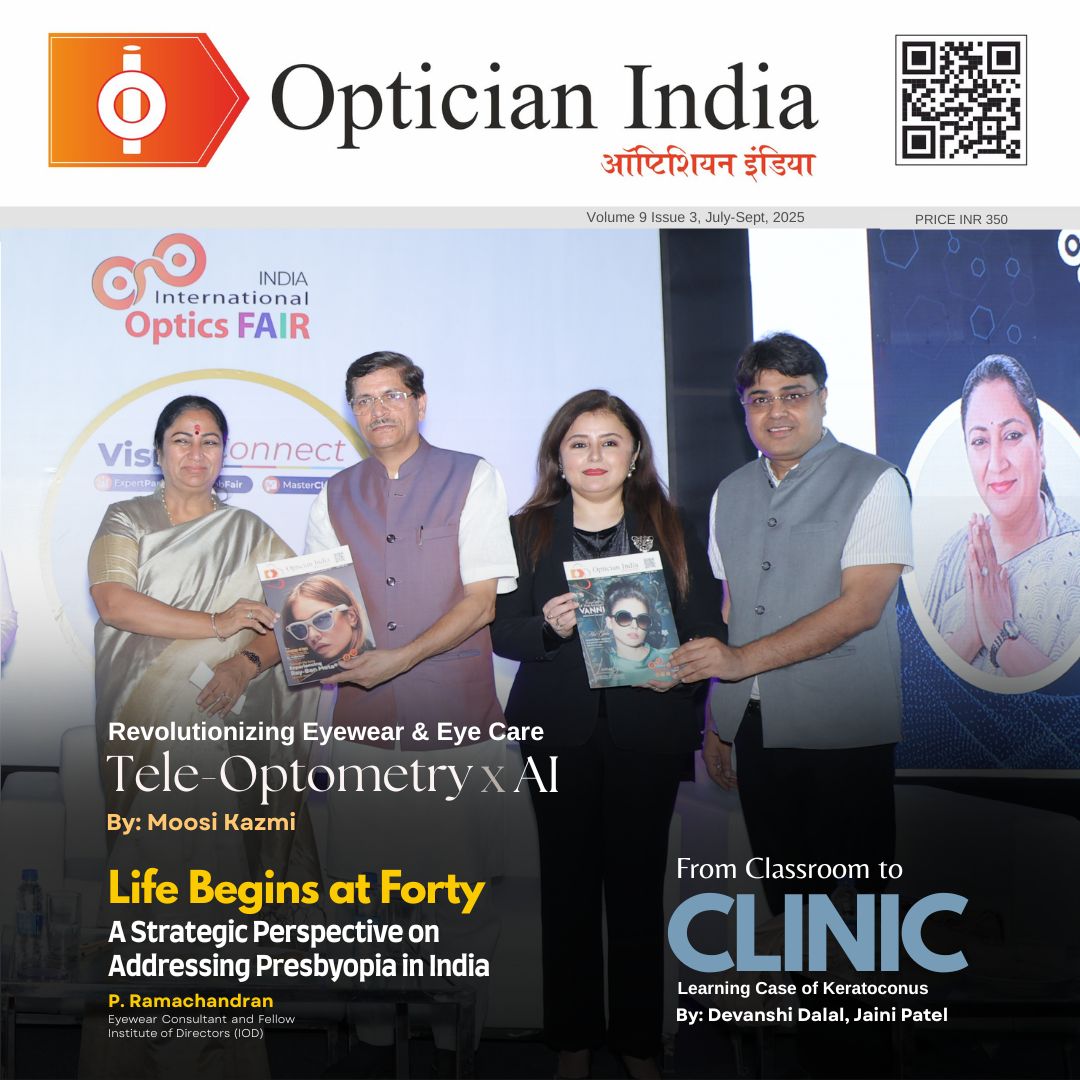
1.jpg)
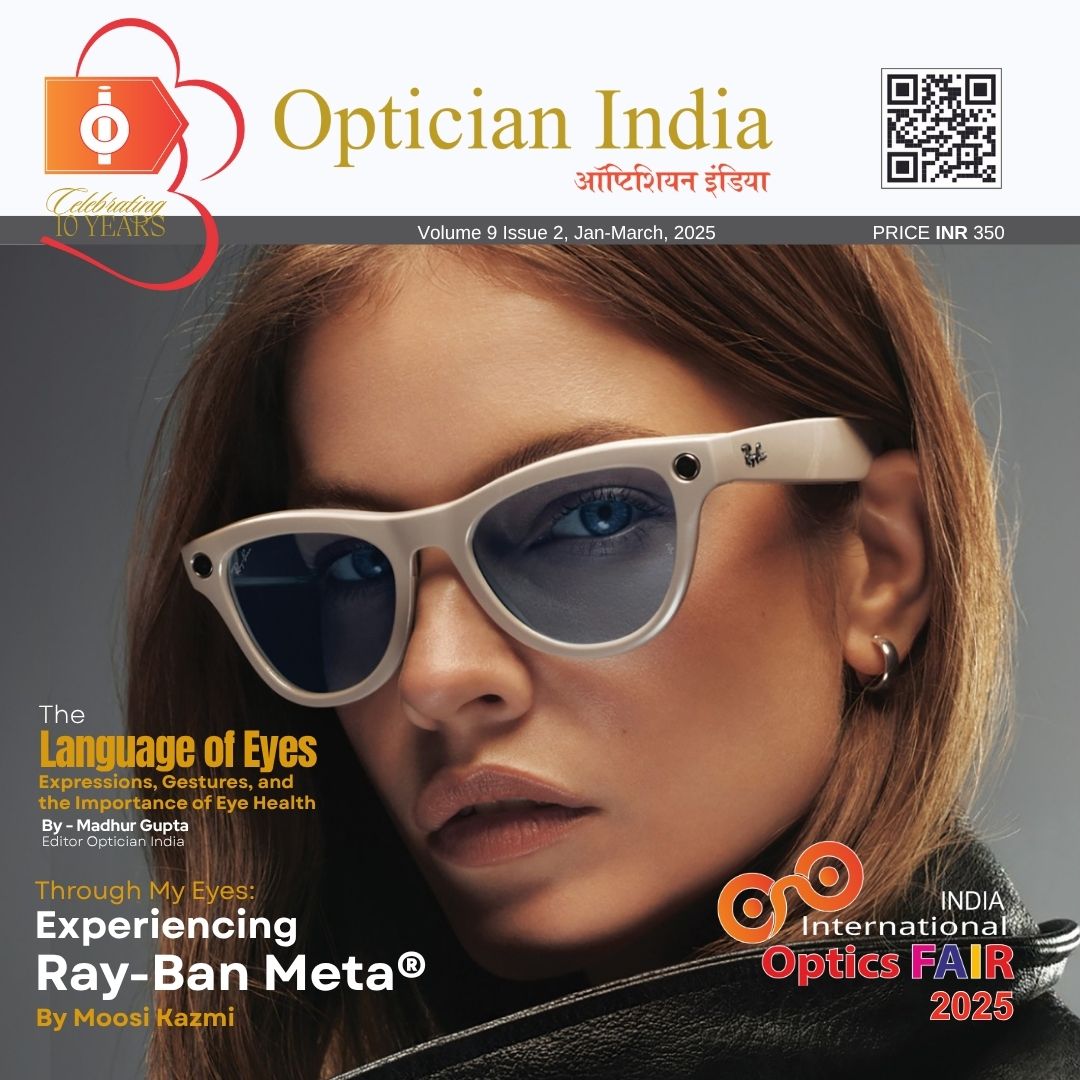


.jpg)
.jpg)

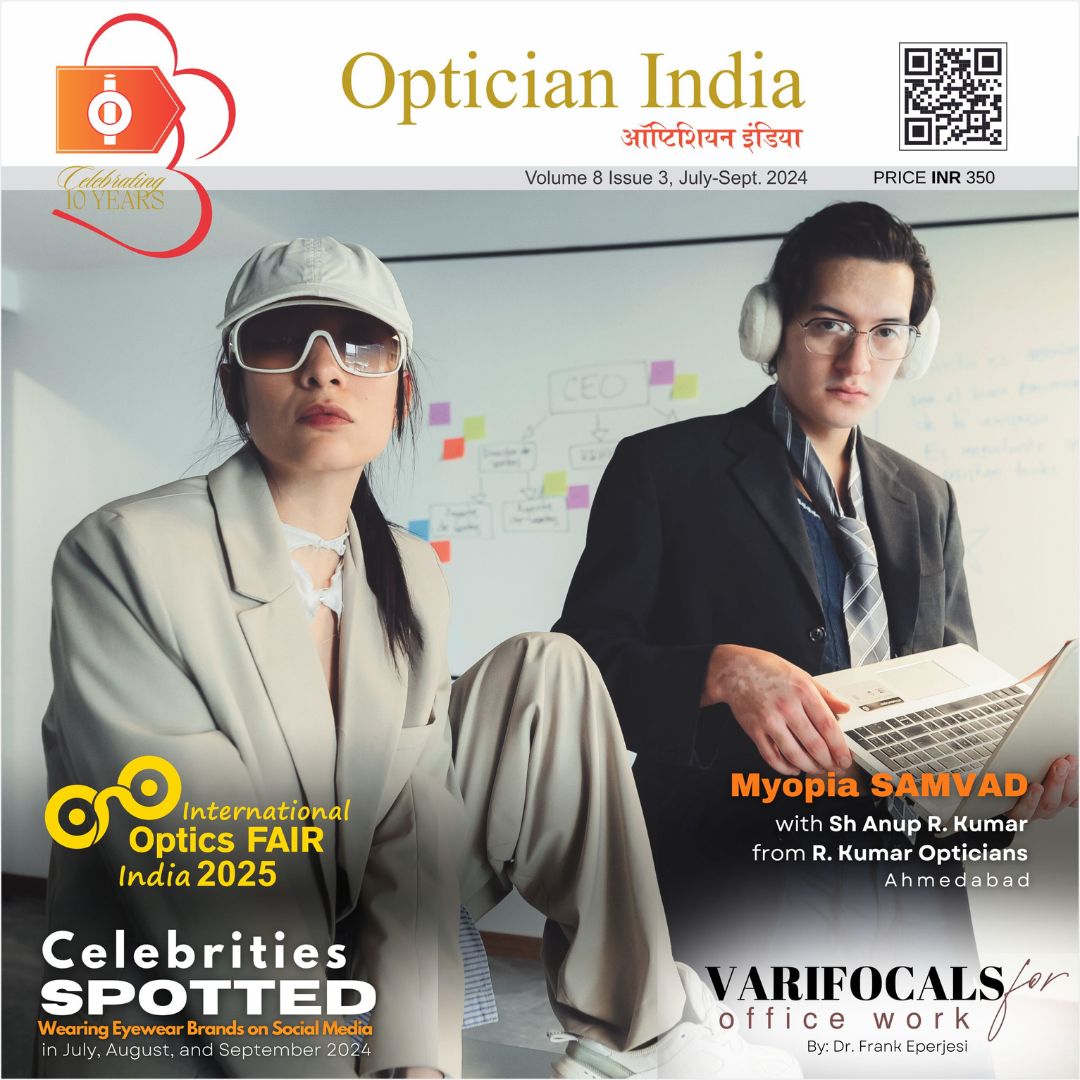

_(Instagram_Post).jpg)
.jpg)
_(1080_x_1080_px).jpg)


with_UP_Cabinet_Minister_Sh_Nand_Gopal_Gupta_at_OpticsFair_demonstrating_Refraction.jpg)
with_UP_Cabinet_Minister_Sh_Nand_Gopal_Gupta_at_OpticsFair_demonstrating_Refraction_(1).jpg)
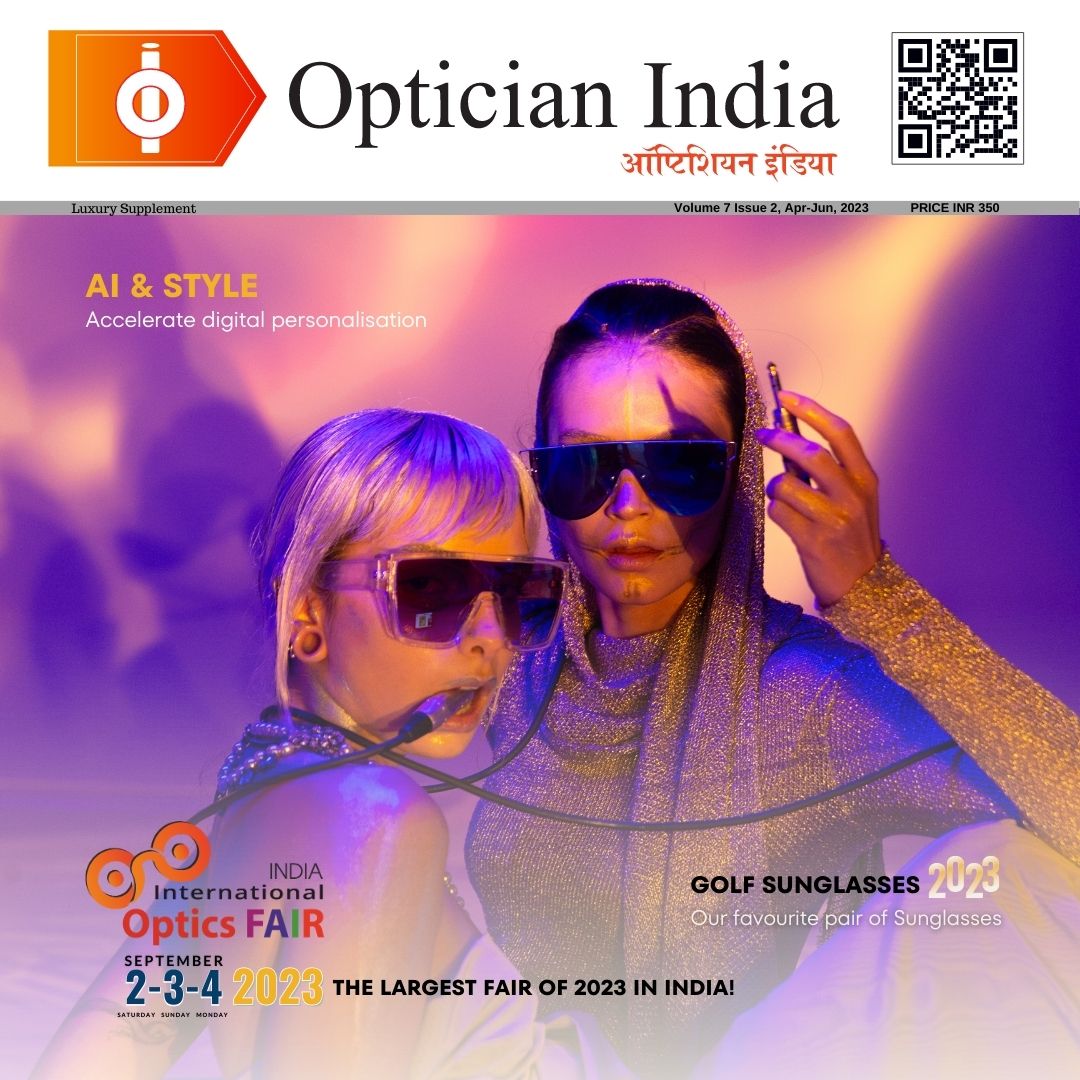
.jpg)
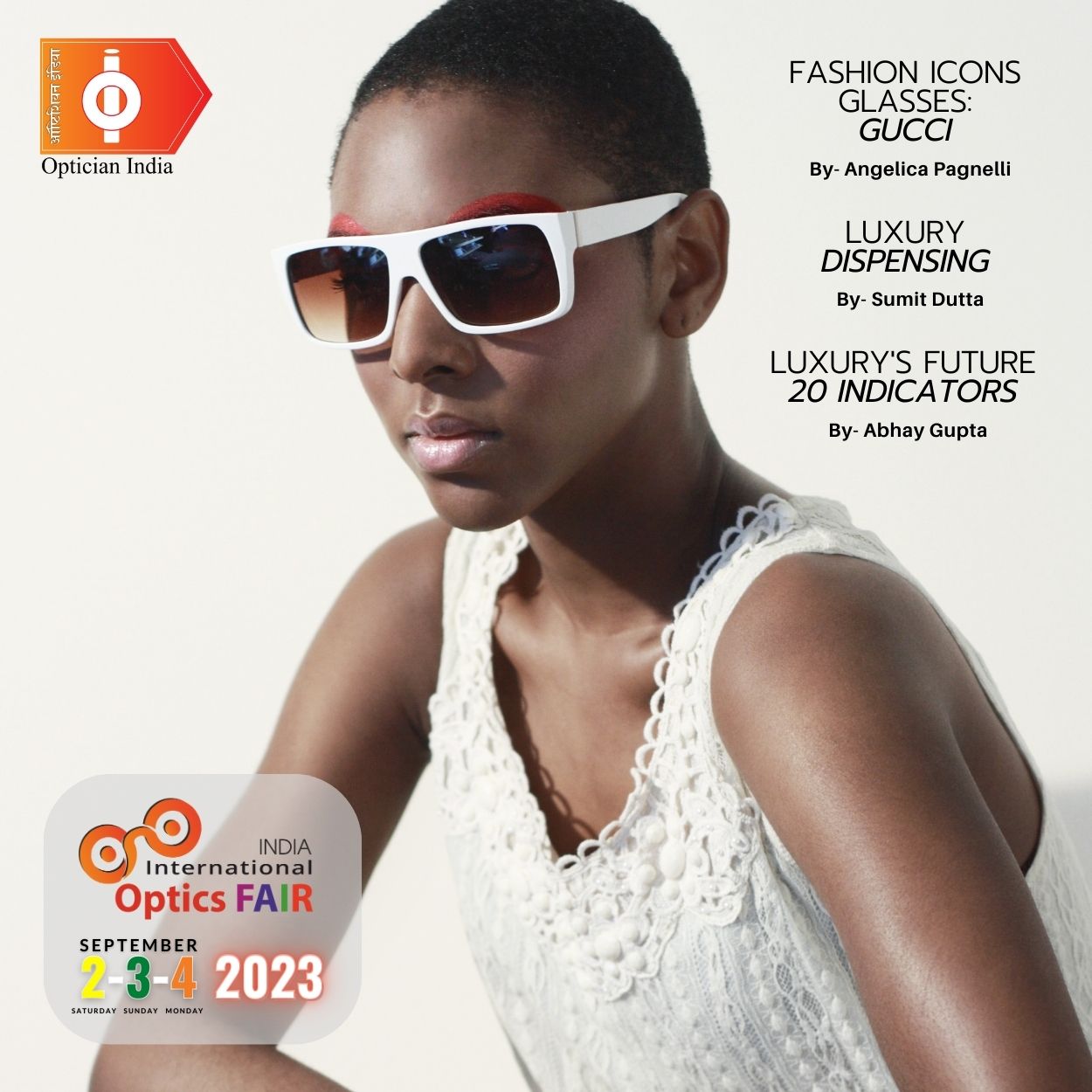


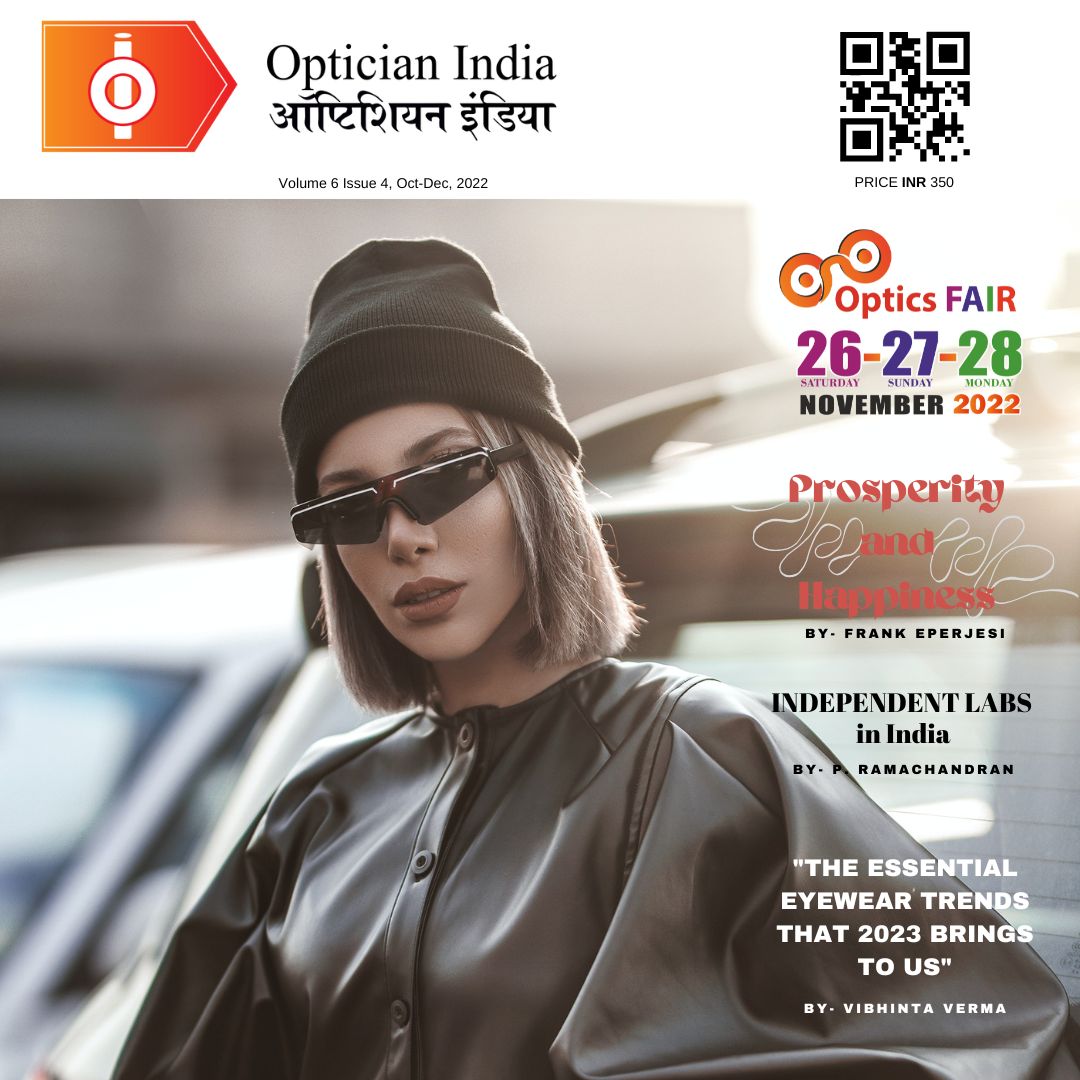
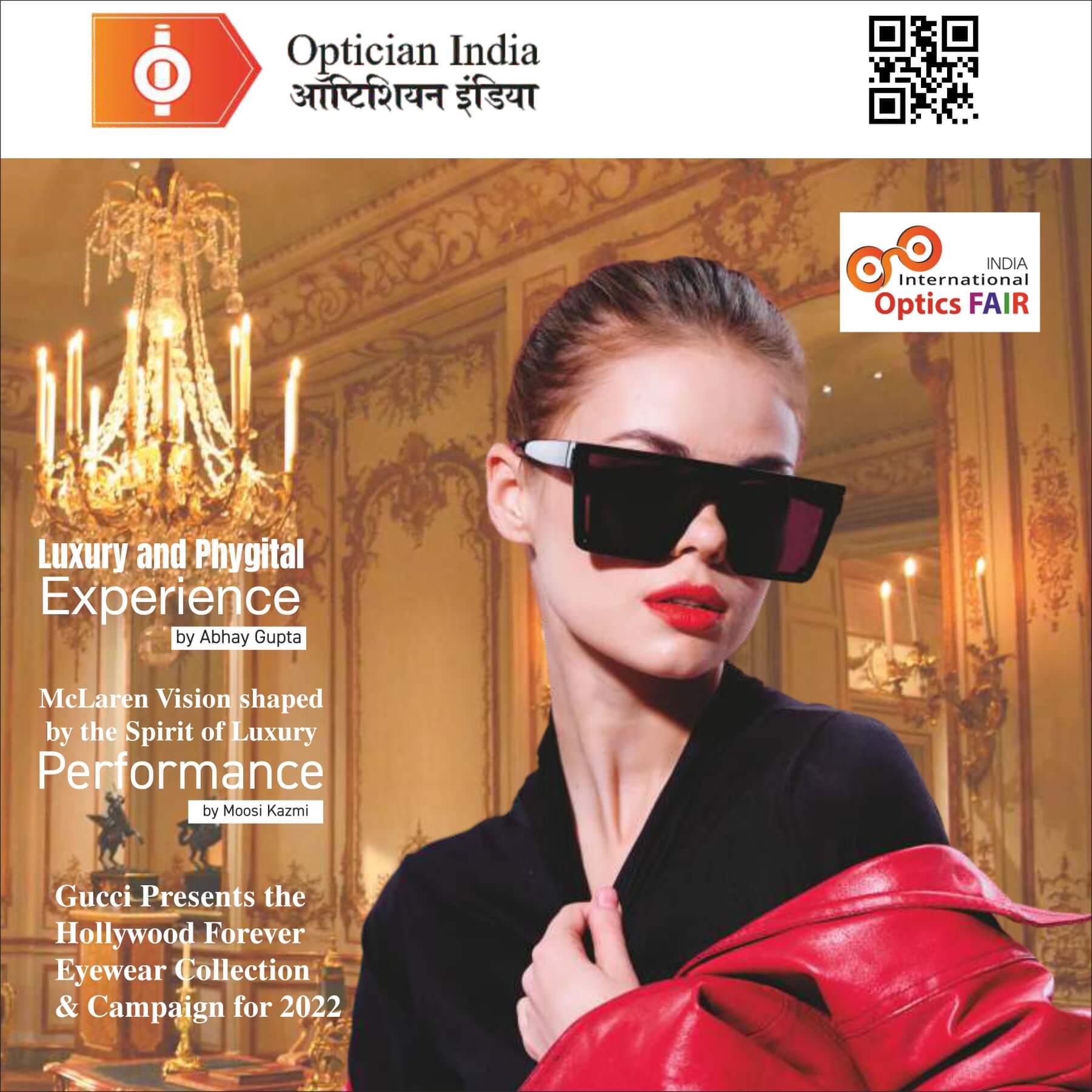
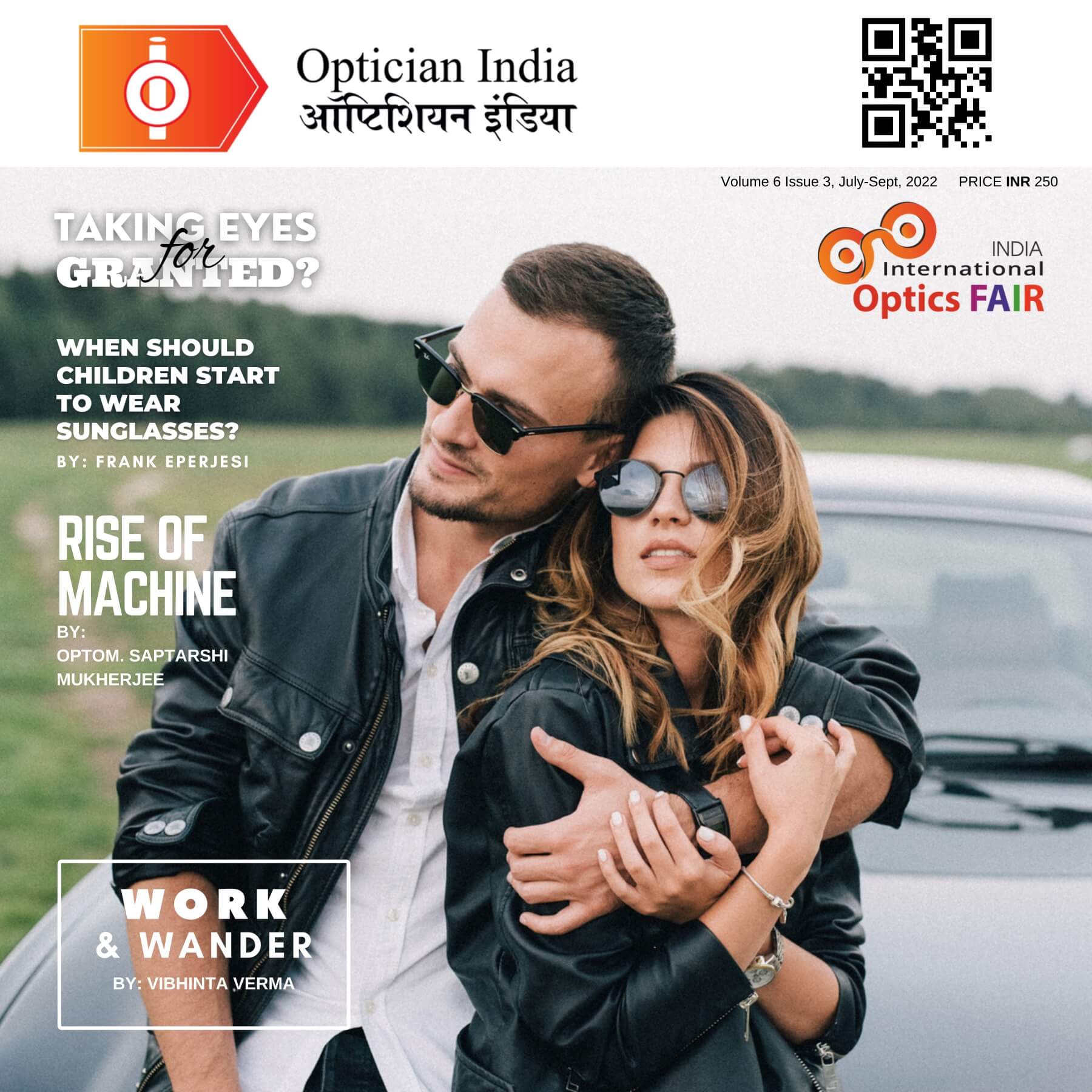
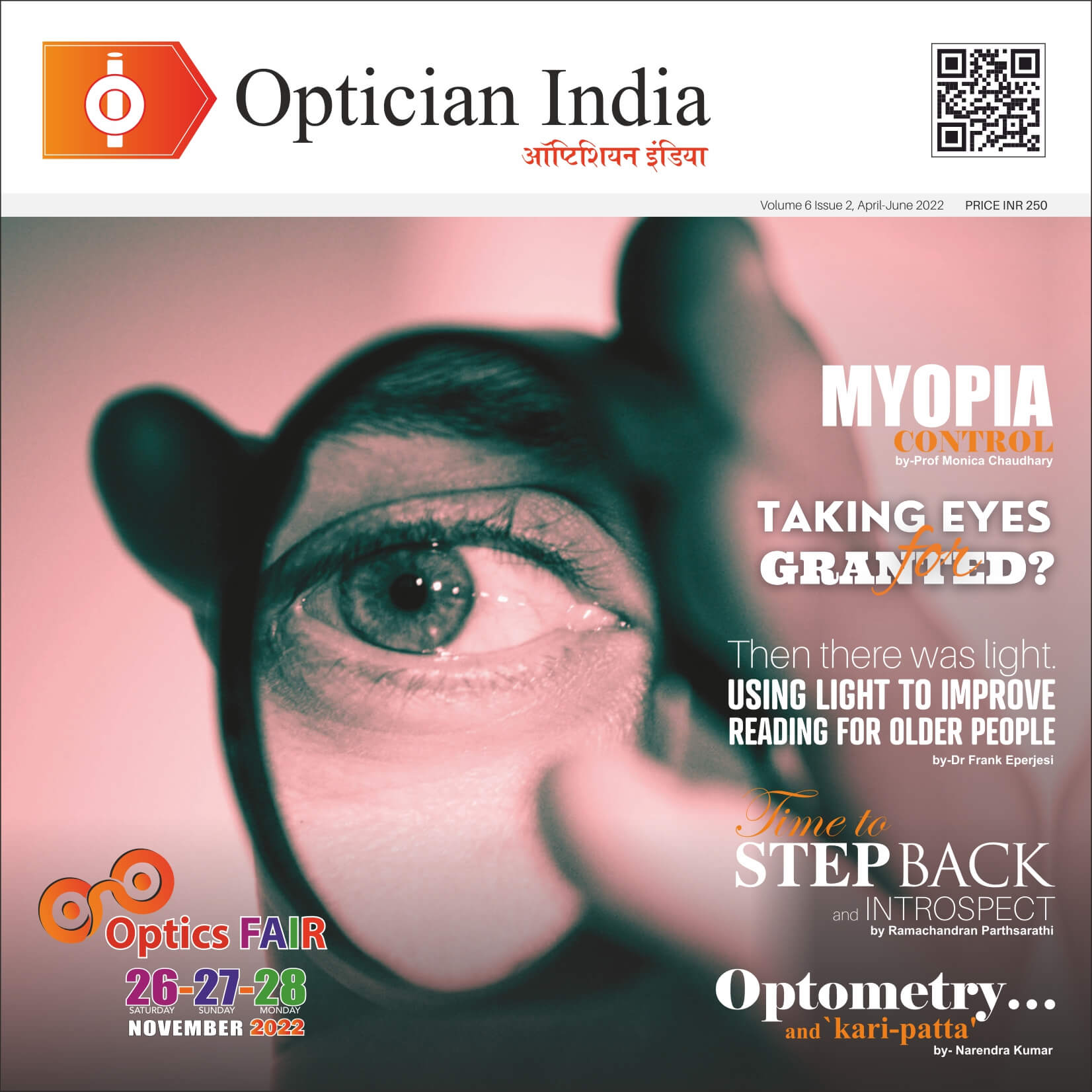
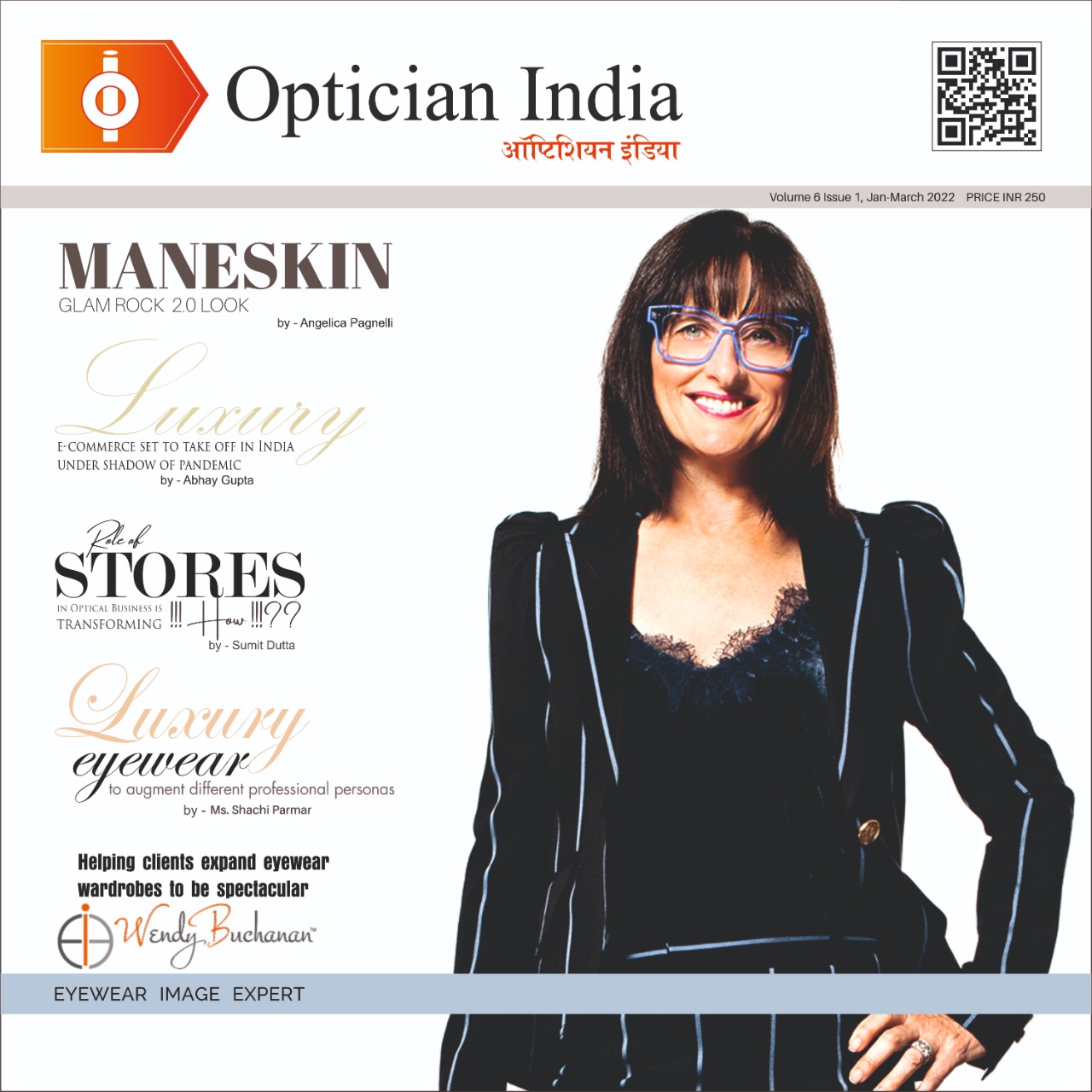
.jpg)
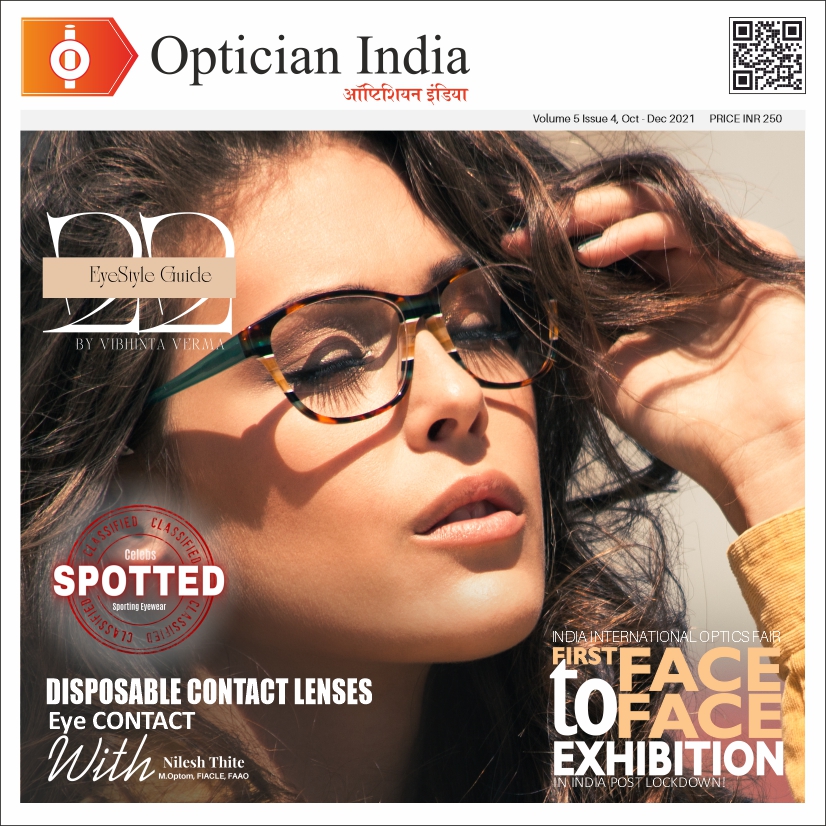

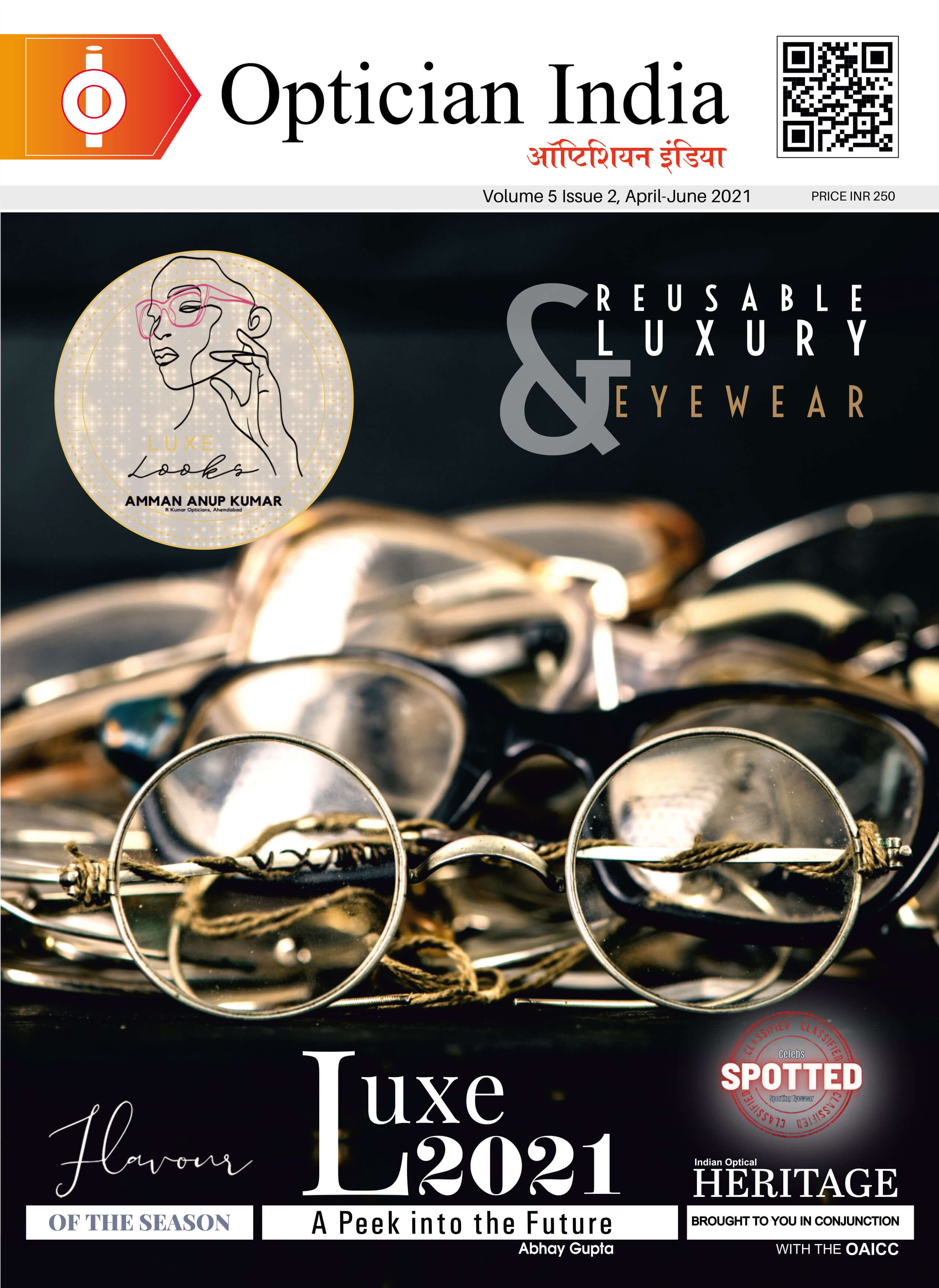
.png)
